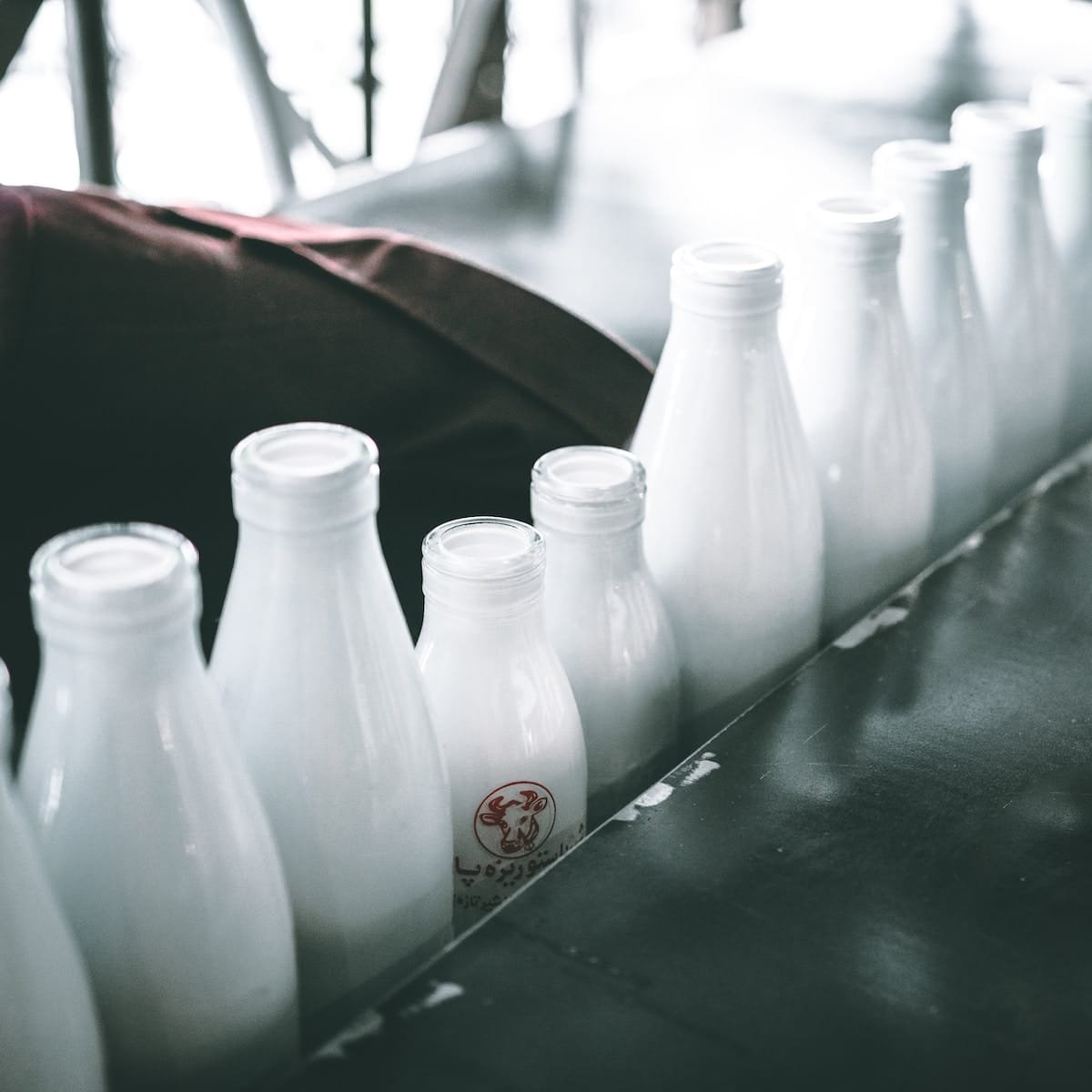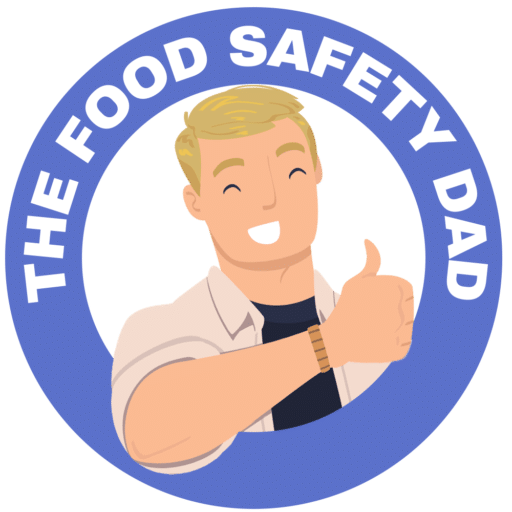First off, soy milk is a fantastic dairy alternative made from soybeans. It’s a favorite for vegans, those with lactose intolerance, and anyone looking to mix up their milk routine. Packed with protein and often fortified with vitamins and minerals, soy milk has secured its spot in many of our fridges.
But, like any other food product, soy milk comes with a ‘best by’ date. And while we want to be safe, we also don’t want to be wasteful. Enter the freezer – a potential hero in the world of food preservation.
The short answer is yes, but it’s a bit more complex than that. Freezing soy milk is perfectly safe from a food safety standpoint, but it may undergo some changes in texture and taste.
When you freeze soy milk, the liquid separates into water and soy particles. Upon thawing, it can become grainy or have a slightly different mouthfeel. This is because the emulsifiers that keep the water and soy proteins together can become less effective when frozen.
Some people report a slight change in the taste of soy milk after it has been frozen and thawed. It may not be as fresh-tasting, but it’s still perfectly safe to drink.
Freezing soy milk can extend its life for up to three months. The key to maximizing shelf life is to freeze it before its ‘best by’ date and to keep it at a consistent temperature of 0°F (-18°C) or lower.
If you’ve decided to freeze your soy milk, here are some tips to do it properly:
Thawed soy milk is best used in cooking or baking, where texture changes are less noticeable. Think creamy soups, smoothies, or pancake batter. For drinking straight from the glass or with your morning cereal, a fresh carton might be more palatable.
The FDA and CDC don’t have specific guidelines for freezing soy milk, but they do provide comprehensive food safety resources. They recommend keeping your freezer at a consistent temperature and safely thawing frozen foods in the refrigerator to prevent bacterial growth.
Here are a few scenarios when you might not want to freeze soy milk:


